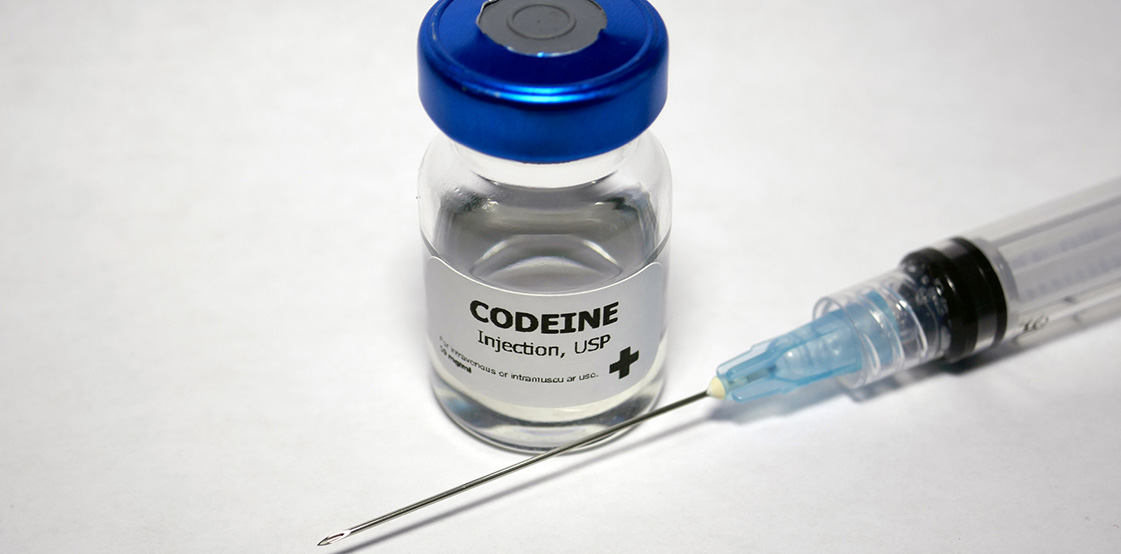People are increasingly using opioids for rheumatic pain, particularly the dangerous high-strength versions
Experts are worried about rising rates of opioid use for rheumatic pain and urge doctors and policymakers to curb unsafe use.
While the United States has taken centre stage in people’s minds when it comes to the opioid epidemic, experts warned of the problem opioid use growing in Europe and warned against complacency.
Pain medication is important to patients with rheumatic and musculoskeletal diseases, but around 70% of the opioids prescribed in Germany are for patients with chronic non-tumour pain.
The problem is particularly bad among patients who have just been diagnosed with osteoarthritis, whose use jumped from 15% to 25% between 2007 and 2016.
“Taking opioids, in particular strong opioids, has substantially increased in recent years in patients newly suffering from osteoarthritis,” said Junqing Xie, a PhD candidate and rheumatology researcher at the University of Oxford.
The work of Xie and other experts on this topic was highlighted at the EULAR (European League Against Rheumatism) congress 2020 virtual congress.
Xie and colleagues recently analysed opioid use among rheumatic patients in Catalonia, Spain, using data from the System for the Development of Research in Primary Care database, which includes 80% of the region’s six million person population.
They tracked the opioid use which began at least one year after patients were diagnosed with osteoarthritis.
Heavy opioid use, which included codeine, tramadol, fentanyl and morphine, more than doubled in the study period, from 8% at the beginning to 20% by 2016.
Those at the highest risk were women, who received 4% more opioids than men. The socially disadvantaged received 6% more than the most privileged group. The elderly received 10% more opioids than young people.
German guidelines say that opioids can be used for chronic osteoarthritis pain for a period of 4-12 weeks.
“There is an adequate, scientific evidence basis for effectiveness and safety for this indication”, Professor Ulf Müller-Ladner, the medical director of the rheumatology and clinical immunology department of the Kerckhoff Clinic in Bad Nauheim, Germany, said at the EULAR press conference.
After four to 12 weeks of opioid use, patients should stop due to the risks of addiction, death and other side effects, he said.
“It is a matter of urgency”, said EULAR president Professor Iain McInnes, a rheumatologist from the University of Glasgow in Scotland.
Dr Olafur Palsson, a clinical psychologist and health researcher at the Landspitali University Hospital in Reykjavik in Iceland, presented research showing that opioids are often not discontinued after the pain has subsided.
Dr Palsson and colleagues found that patients with inflammatory joint diseases often take increasing amounts of opioids, even after effective treatment with anti-inflammatory TNF inhibitors.
They found that 41% of patients with rheumatoid arthritis, psoriatic arthritis, ankylosing spondylitis and undifferentiated arthritis in a national Icelandic database were taking opioids in the two years prior to starting TNF inhibitor therapy, and this jumped to 49% in the following year.
Professor John Isaacs, a rheumatologist at the University of Newcastle in the UK and the chair of the EULAR scientific committee, urged rheumatologists to oversee responsible opioid use, which carries a lower risk of physical and psychological addiction.
“In order to alleviate chronic pain, medications should in any case only be part of a comprehensive therapy program, in which doctors, psychologists and physiotherapists work together,” he said.
Opioids should be quickly stopped if a therapy trial proves to be ineffective or the benefit drops off, he said.
EULAR Abstract No. 3070, presented at the Annual European Congress of Rheumatology, 2020
EULAR Abstract No.: 2587, presented at the Annual European Congress of Rheumatology, 2020


